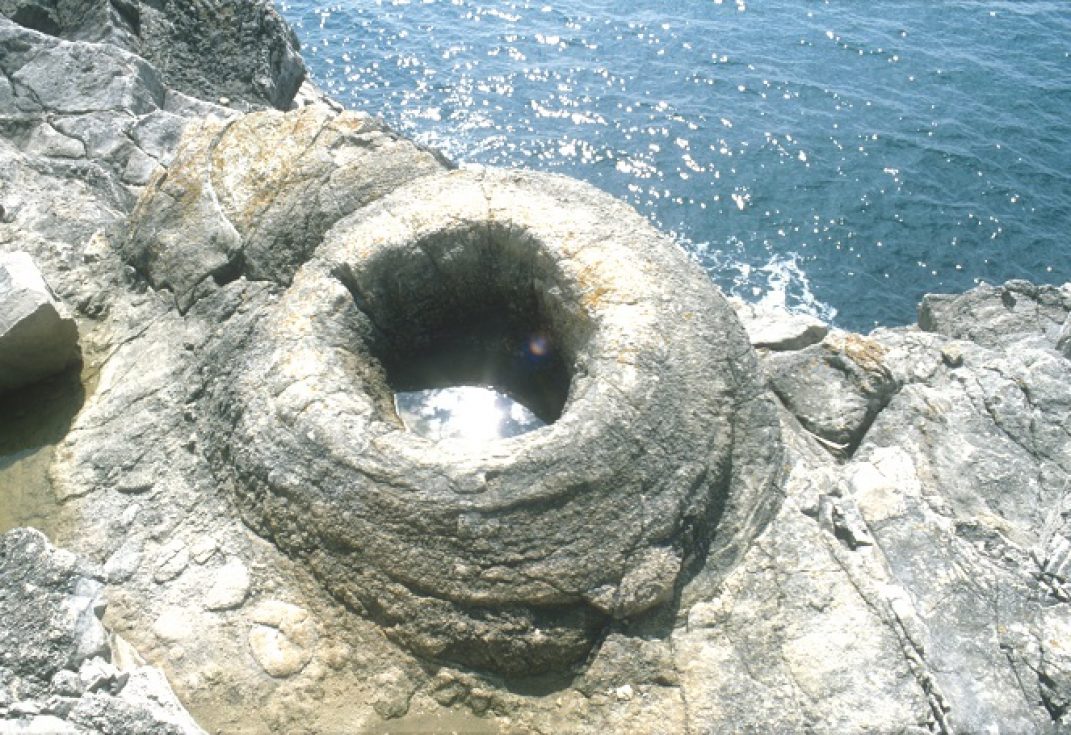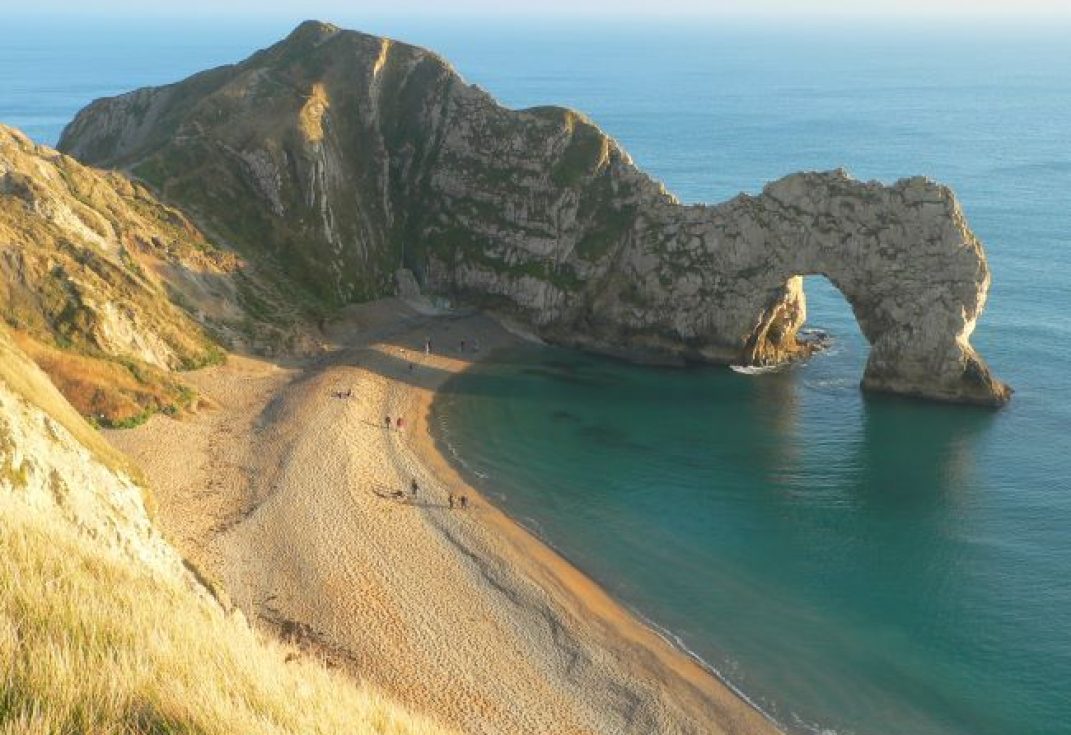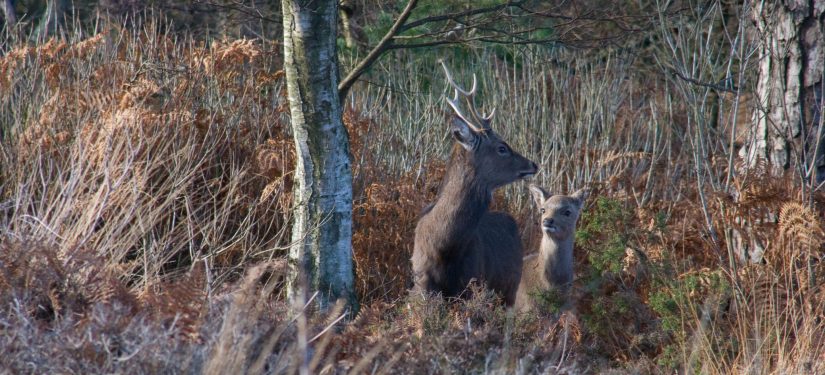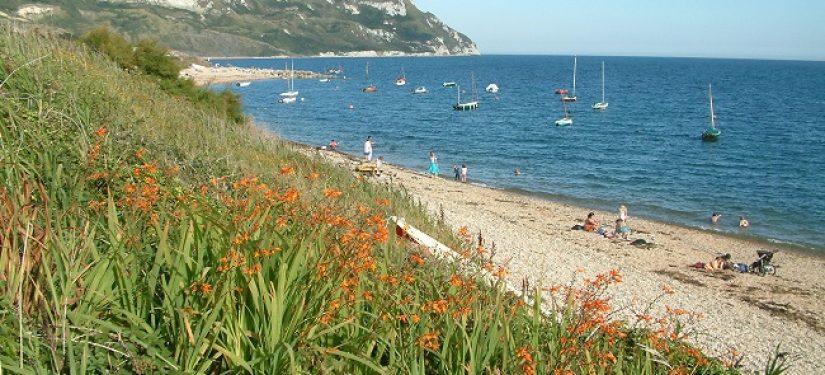Outstanding and unique landforms
Gentle walks along the sea front or follow the South West Coast Path National Trail for a longer stretch and appreciation of the complex geology of the Jurassic Coast.
Gentle walks along the sea front or follow the South West Coast Path National Trail for a longer stretch and appreciation of the complex geology of the Jurassic Coast.
Lulworth is considered one of the best places in the world to study geology with its amazing landforms and five types of rock. Although very busy, it is worth visiting the Visitor Centre for an appreciation of the outstanding and unique geology here, which can be seen first hand at Lulworth and Durdle Door.
To the east of Lulworth explore the newly re-opened Fossil Forest. The 145 million-year-old ‘forest’ is a key part of the Jurassic Coast’s ‘walk through time’ story. Although no actual trees can be seen, round shapes known as ‘algal burrs’ are clearly visible; these would have surrounded the base of the tree trunks. It is thought that Victorian collectors may have removed the trees for decorative purposes, but no-one is really sure! Beware there are 97 steep steps down …. and back up!
This globally important site is located within the Lulworth Ranges. As with the rest of the Ranges, the Fossil Forest is open most weekends and school holidays but always check before visiting. https://www.gov.uk/government/publications/lulworth-firing-notice
If you’re feeling energetic, head west from Lulworth car park and follow the natural footpath (stout footwear needed) to the iconic Durdle Door.

Durdle Door is probably the most famous stone arch anywhere in the world. It was created when the sea pierced through the Portland limestone around 10,000 years ago. Looking west over the beach, isolated stacks out at sea show where an older coastline once lay. This part of the coast is formed from merged bays and shows how Lulworth Cove and Stair Hole may look in several thousand years time.
By following the natural cliff path down to Durdle Door beach, or the steps to Man O’War beach, the tilted Purbeck Beds are clearly visible. At the base of the chalk cliffs a number of caves can be seen which have been carved out by the sea (wave cut notches). Please do not enter them as cliff falls are common. An interpretation panel at the top of the steps helps to explain the site.
To get down to the shingle beach at Durdle Door there is a 15 minute walk along a steep downhill path, plus a further 143 steps down onto the beach (trainers or walking boots are definitely needed for this walk!)
And as it’s so remote there are no facilities here.
If you have never been to Durdle Door before and want to know what facilities are available and how to get to the beach from the car park, you can watch this short video on Facebook.


Good chance of seeing deer, Walks, Wildlife

Brilliant for wildlife, Good for walking & families

Walking, swimming and views
Escape the crowds at this quiet shingle beach on the Jurassic Coast.